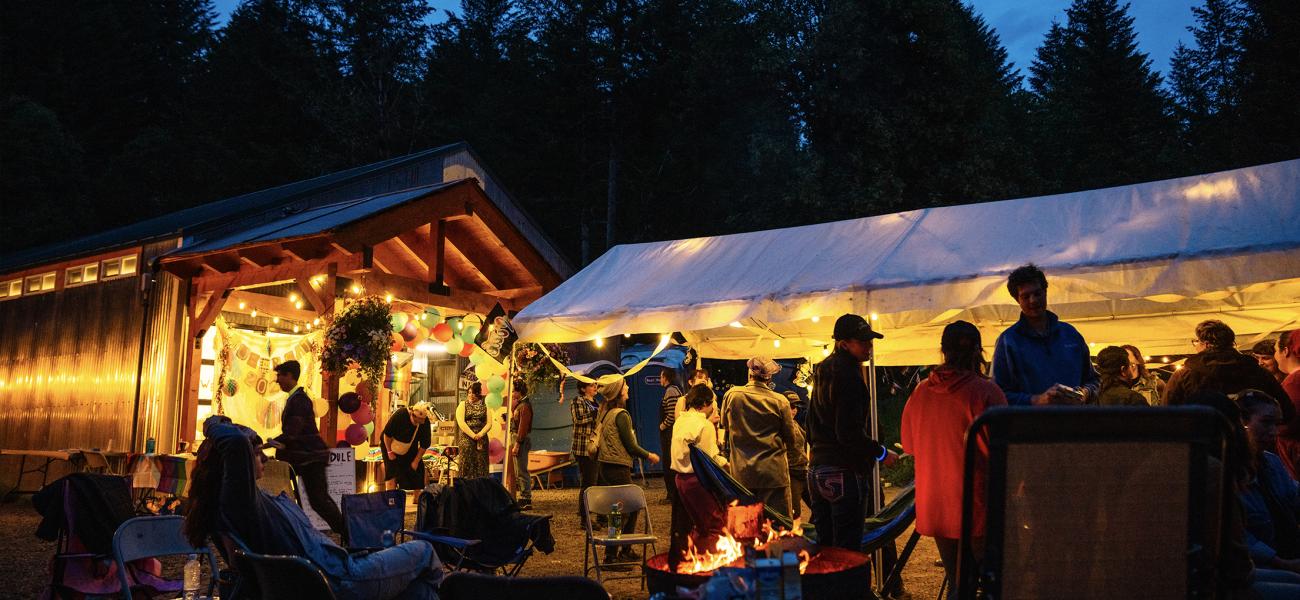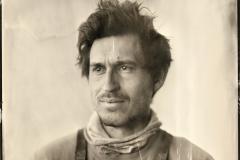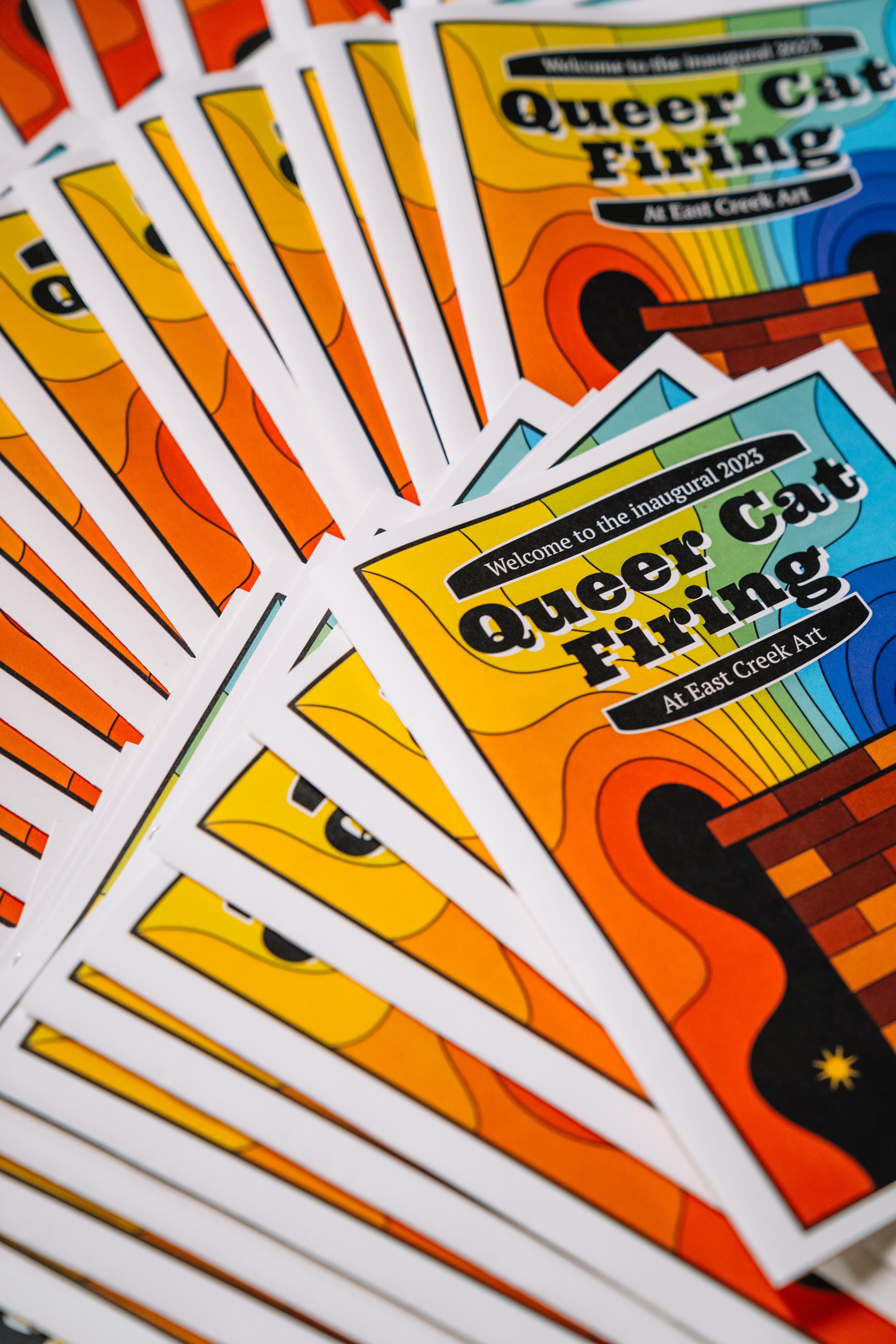 I met Twig C. while we were loading the anagama kiln at Pleasant Hill Pottery in Oregon. We were chatting as pots made their way into the chamber, and it came up that Twig was one of the main organizers of the Queer Cat firings. I had heard a bit about these queer-collective wood-firings – which have been going on for a couple of years and take place in a catenary arch “cat kiln" at East Creek Art in Willamina, Oregon – and was curious to learn more. The program was so impressive and inspiring that I set up a formal interview. My conversation with Twig has been edited for brevity.
I met Twig C. while we were loading the anagama kiln at Pleasant Hill Pottery in Oregon. We were chatting as pots made their way into the chamber, and it came up that Twig was one of the main organizers of the Queer Cat firings. I had heard a bit about these queer-collective wood-firings – which have been going on for a couple of years and take place in a catenary arch “cat kiln" at East Creek Art in Willamina, Oregon – and was curious to learn more. The program was so impressive and inspiring that I set up a formal interview. My conversation with Twig has been edited for brevity.
Hamish Jackson (HJ): How did the idea of the Queer Cat come about?
Twig: At the Northwest Wood-Fire Conference in Oregon in 2022, there was a panel discussion called “Good Job, Do better: A Discussion About Creating Spaces in the Wood-Firing Community.” It featured Aubrey Sloan, Careen Stoll, Antra Sinha, Mandy Stigant, Mindi Gandara, and Alex Slydel. The question was how to create more equity in the wood-firing scene, which historically has been very male-dominated in the United States.
The discussion focused on a women's wood-fire that was hosted at East Creek Art (in Willamena, Oregon) in 2019. The panel celebrated the event's impacts, but it also drew attention to the systemic issues that still exist. Wood-firing has often been a misogynistic and devaluing space toward women, gender-diverse people, and people of color.
I was carpooling back and forth to the conference with Alex Slydel, and we thought, wouldn’t it be cool if we did a Queer wood-firing? Aubrey Sloan, who was helping run East Creek as their onsite program coordinator, approached both of us independently and suggested it, too. That was the start of it. We were successful in getting a couple of grants and started organizing.
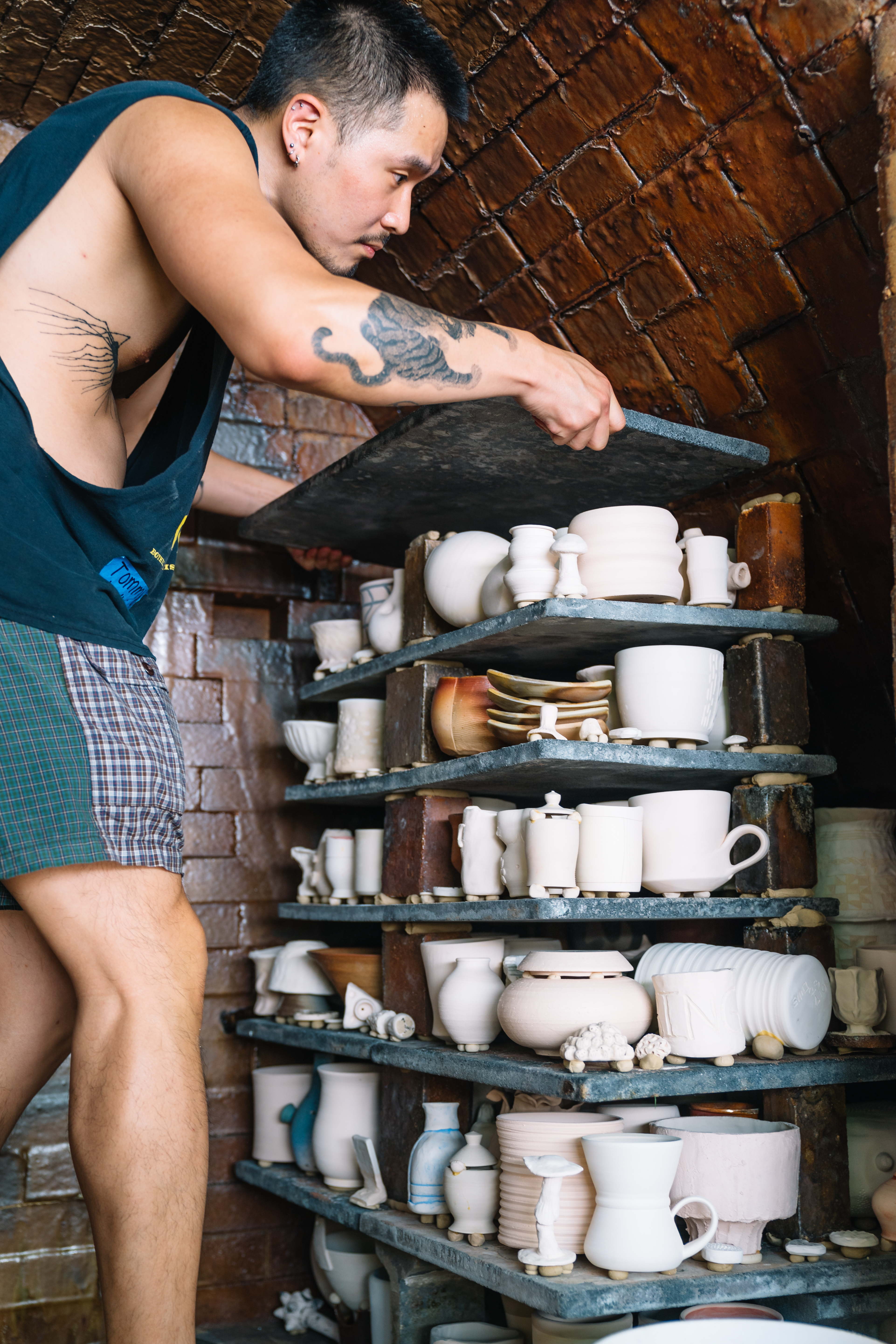
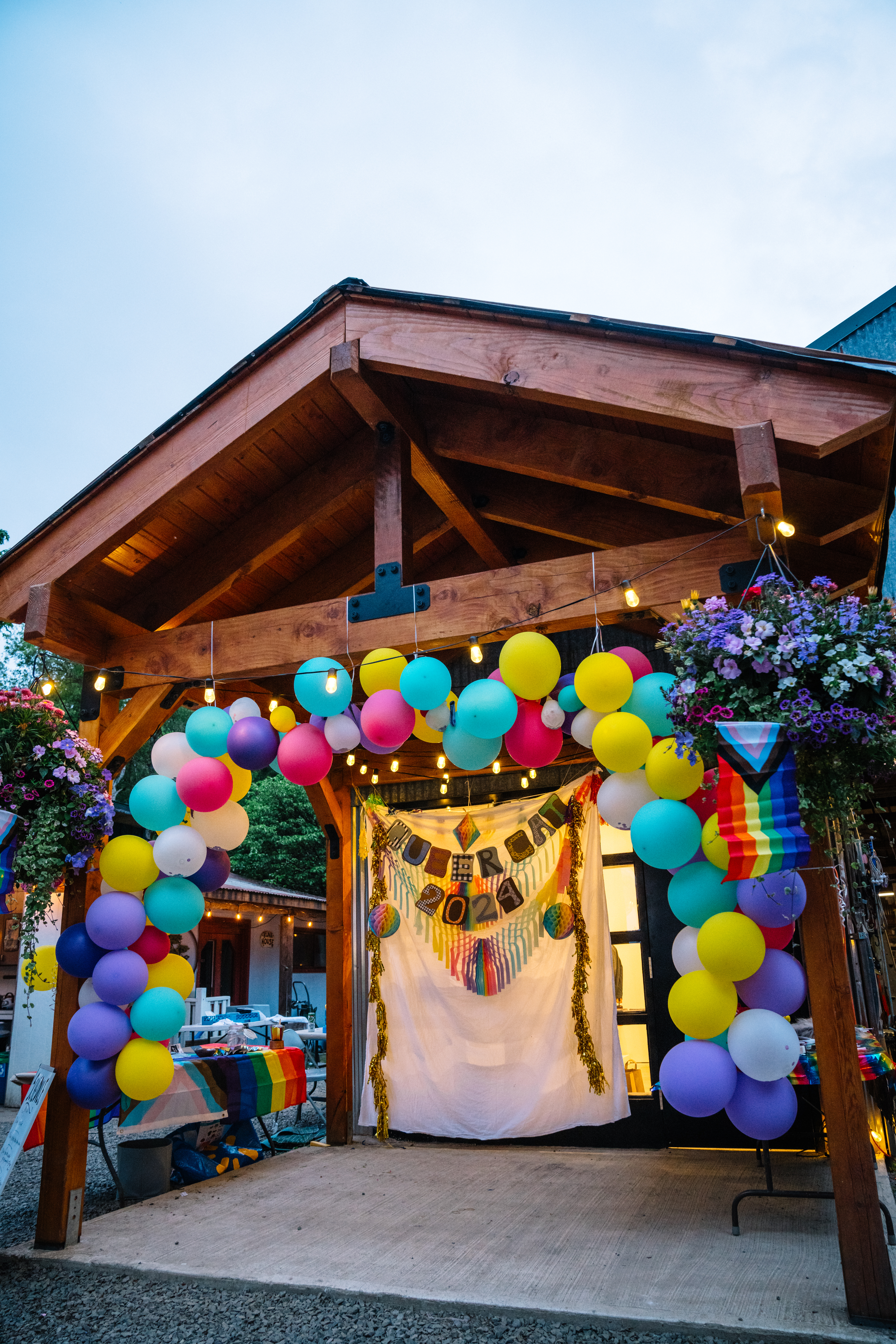
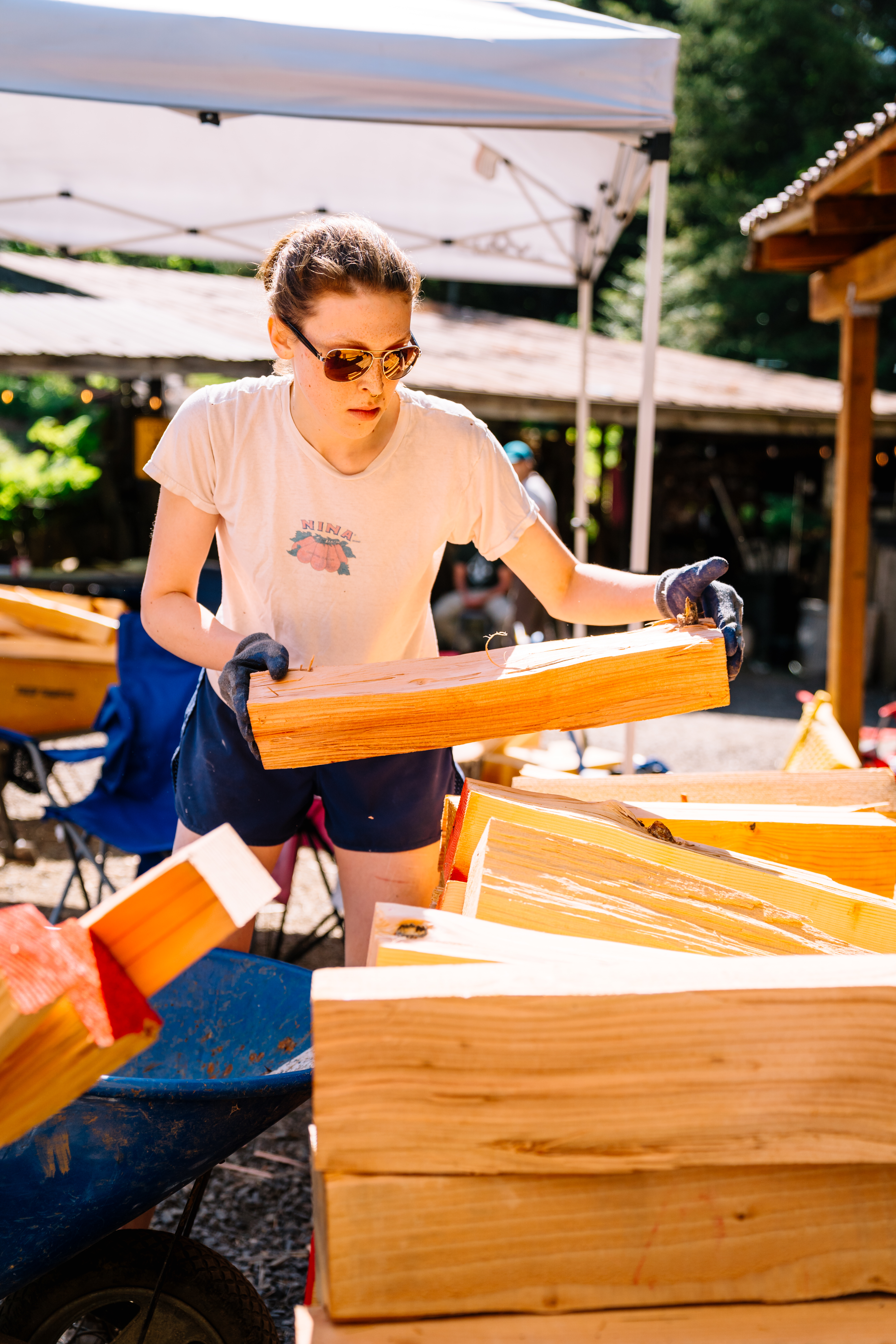
HJ: So, you did the first Queer Cat Firing in 2023?

